A year ago, I knew nothing of how the procedural generating of maps (or any other content) works. I first tried my hand at this with Key, Shovel, Treasure, our small pirate game for kids. And with the help of Michiel, that game now generates maps that are fun to play on and visually interesting enough.
Key, Shovel Treasure generates maps in this relatively simple way:
Not the most elegant or advanced procedural generation system ever, but it gets the job done:
Key, Shovel Treasure generates maps in this relatively simple way:
- Assign land or sea to each tile at random.
- Remove land tiles that touch another land tile on a corner without being connected in any other way.
- Assign sea to the four tiles in each corner.
- Check whether the number of land tiles is within the limits for that map size. If not, restart the prcess.
- Check whether all sea tiles are reachable. If not, restart the process.
Not the most elegant or advanced procedural generation system ever, but it gets the job done:
For the current prototype (name needed), I had to dig a little deeper. There are currently three types of terrain; water, grassland and mountains that have to be put on the map. Also, as I wrote last week, there are all kinds of resources that have to be spread on the map.
For both of these, I use Perlin noise. The general consensus seems to be that Perlin noise isn't enough to generate good maps, but as a start it works fine for my purposes. As I understand it, Perlin noise works as follows (in 2 dimensions):
In order to generate the tile types on the map, I assign a height to each tile with Perlin noise (with a frequency of 0.1). Any tile with a height of 0.25 or less becomes water and a tile with a height of 0.75 or more becomes a mountain tile. All other tiles are grassland.
I then place the resources on the map, using Perlin noise for forests and rocks and simple random placement for the other resources. For forests, the frequency I use is 0.15, so slightly more zoomed out than for the map generation. Each grassland tile for which the value lies below 0.3 become forest.
For rocks, I use a much higher frequency, 0.7, which means there is much more variation at small scale than for the tile types and forests. The chance that a grassland tile has rock on it is 0.2 (below which the tiles has rock). For mountain tiles, this chance is multiplied by 2.5.
As a side note, I arrived at these values through selecting a likely one and then tweaking until I had a value that worked for the game :). After placing everything, a full map looks like this:
For both of these, I use Perlin noise. The general consensus seems to be that Perlin noise isn't enough to generate good maps, but as a start it works fine for my purposes. As I understand it, Perlin noise works as follows (in 2 dimensions):
- The basis is an infinite 'sheet' of waves stacked on top of each other. Every point on the sheet has a value between 0 and 1. This sheet is always the same.
- In order to create variation, you can use a different part of the sheet. So in order to 'randomise' your Perlin noise, you don't change the waves, but you change the position on the sheet from which you read.
- To change the frequency of the noise, you zoom in and out on the 'sheet'. You don't do this directly, but by varying the size of the steps you take. To do so, you can apply a modifier to the x and y you feed into the function; less than one to zoom in (and get larger waves) and higher than one to zoom out (and get smaller waves). I'll call this modifier frequency here and hope this isn't too confusing :).
- So basically, Perlin noise gives you a value between zero and one in return for an x and a y coordinate.
In order to generate the tile types on the map, I assign a height to each tile with Perlin noise (with a frequency of 0.1). Any tile with a height of 0.25 or less becomes water and a tile with a height of 0.75 or more becomes a mountain tile. All other tiles are grassland.
I then place the resources on the map, using Perlin noise for forests and rocks and simple random placement for the other resources. For forests, the frequency I use is 0.15, so slightly more zoomed out than for the map generation. Each grassland tile for which the value lies below 0.3 become forest.
For rocks, I use a much higher frequency, 0.7, which means there is much more variation at small scale than for the tile types and forests. The chance that a grassland tile has rock on it is 0.2 (below which the tiles has rock). For mountain tiles, this chance is multiplied by 2.5.
As a side note, I arrived at these values through selecting a likely one and then tweaking until I had a value that worked for the game :). After placing everything, a full map looks like this:
This works pretty well for the game. The only thing is that I don't like the artificial border that the edge of the map represents. There are multiple ways to solve this issue. One is to build the map in chunks and load extra chunks as needed. While that's something I'll want to (and have to) dive in eventually, I don't think that's the most productive use of my time at the moment.
Another way to solve this is by turning the map into an island, which is much easier and which I was planning on doing anyway. So that's what I've been tinkering with. My initial idea was to simply add a paraboloid in the middle of the map and subtract those values from the heightmap. I say simply, since the function for a paraboloid turns out to be not very difficult:
Another way to solve this is by turning the map into an island, which is much easier and which I was planning on doing anyway. So that's what I've been tinkering with. My initial idea was to simply add a paraboloid in the middle of the map and subtract those values from the heightmap. I say simply, since the function for a paraboloid turns out to be not very difficult:
Here, z is the height above point (x, y). The constants a and b indicate how much the paraboloid is stretched in respectively the x and the y direction. If both are 1, you get the 3d version of the standard parabola, y = x^2.
To translate it to the middle of the map, I just had to subtract half the map size from x and y. Figuring out what a and b had to be took a bit more thought, but I decided to set them to half the map size (after some tweaking). This makes the island scale when I generate a larger or smaller map, which suits my purposes for now.
What gave me more trouble was that simply subtracting this value from the height gave me maps with too few mountains. Simply increasing the chance a tile is a mountain would add mountains mainly in the middle of the map, which would both be boring and not good for game play. Another option, only subtracting this value if it was above a certain threshold didn't work either. It gave me maps with enough mountains, but that were too circular (not completely, but too obviously round for my taste).
Eventually, I settled on only subtracting the modifier if it's larger than the height value from the Perlin noise. This produces maps I'm quite happy with:
To translate it to the middle of the map, I just had to subtract half the map size from x and y. Figuring out what a and b had to be took a bit more thought, but I decided to set them to half the map size (after some tweaking). This makes the island scale when I generate a larger or smaller map, which suits my purposes for now.
What gave me more trouble was that simply subtracting this value from the height gave me maps with too few mountains. Simply increasing the chance a tile is a mountain would add mountains mainly in the middle of the map, which would both be boring and not good for game play. Another option, only subtracting this value if it was above a certain threshold didn't work either. It gave me maps with enough mountains, but that were too circular (not completely, but too obviously round for my taste).
Eventually, I settled on only subtracting the modifier if it's larger than the height value from the Perlin noise. This produces maps I'm quite happy with:
On these maps, the occasional (lonely) mountain will pop up from the sea. I'm not yet sure whether to see that as a bug or a feature :P. Also, the percentage of land tiles is obviously much lower on the new maps. So I went from a standard size of 55 x 55 to 85 x 85 to keep the land surface roughly the same as before. Eventually, the size of the map and other game variables will become tweakable.
There is one more thing I want to add to the map generation before I call it good enough for now: ocean tiles. As it is, you could build a bridge all the way to the edge of the map. Besides potentially leading players into a one way street in the name of exploration, there's something quite illogical about building long bridges to nowhere. Surrounding the island with ocean tiles, on which you won't be able to build bridges, should prevent that. I'm not yet sure how I'll do that, but I'm looking forward to building, tweaking and testing it.
I hope you enjoyed my little foray into procedural generation. There certainly is a lot more to learn for me about procedural generation. But what I have already learned is that I'm having fun putting this together :).
- Willem -
There is one more thing I want to add to the map generation before I call it good enough for now: ocean tiles. As it is, you could build a bridge all the way to the edge of the map. Besides potentially leading players into a one way street in the name of exploration, there's something quite illogical about building long bridges to nowhere. Surrounding the island with ocean tiles, on which you won't be able to build bridges, should prevent that. I'm not yet sure how I'll do that, but I'm looking forward to building, tweaking and testing it.
I hope you enjoyed my little foray into procedural generation. There certainly is a lot more to learn for me about procedural generation. But what I have already learned is that I'm having fun putting this together :).
- Willem -
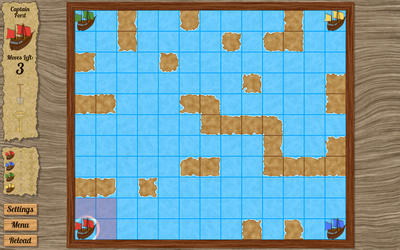


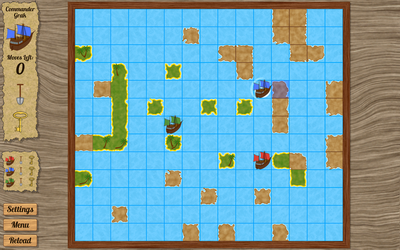
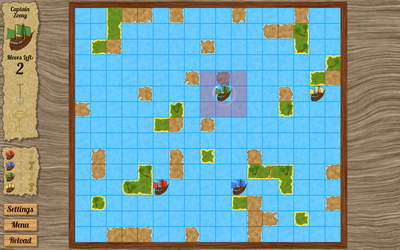
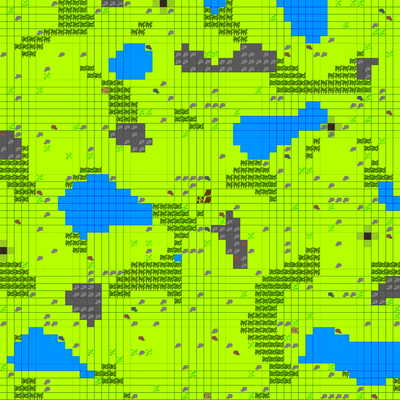
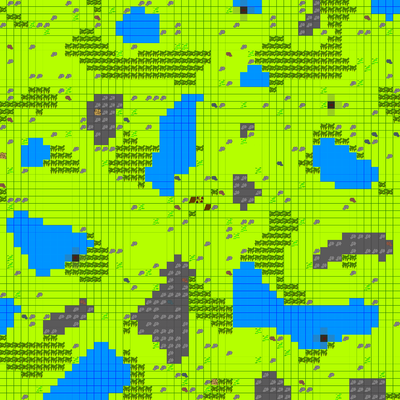


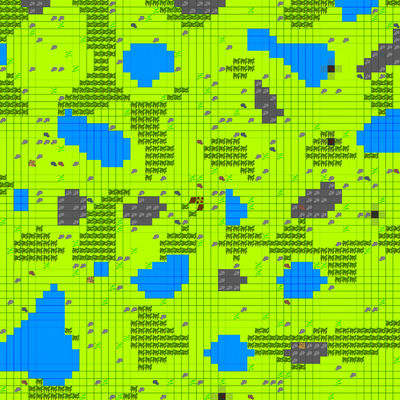

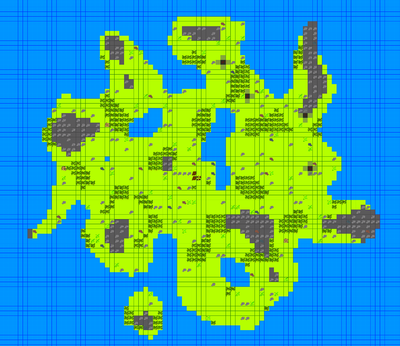

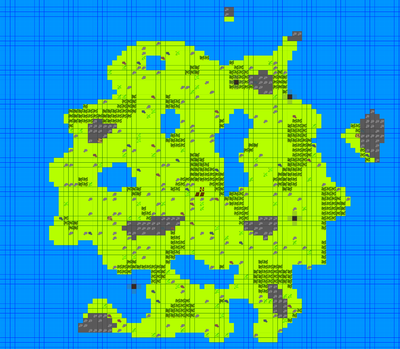



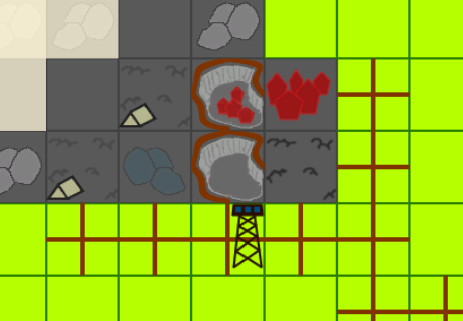
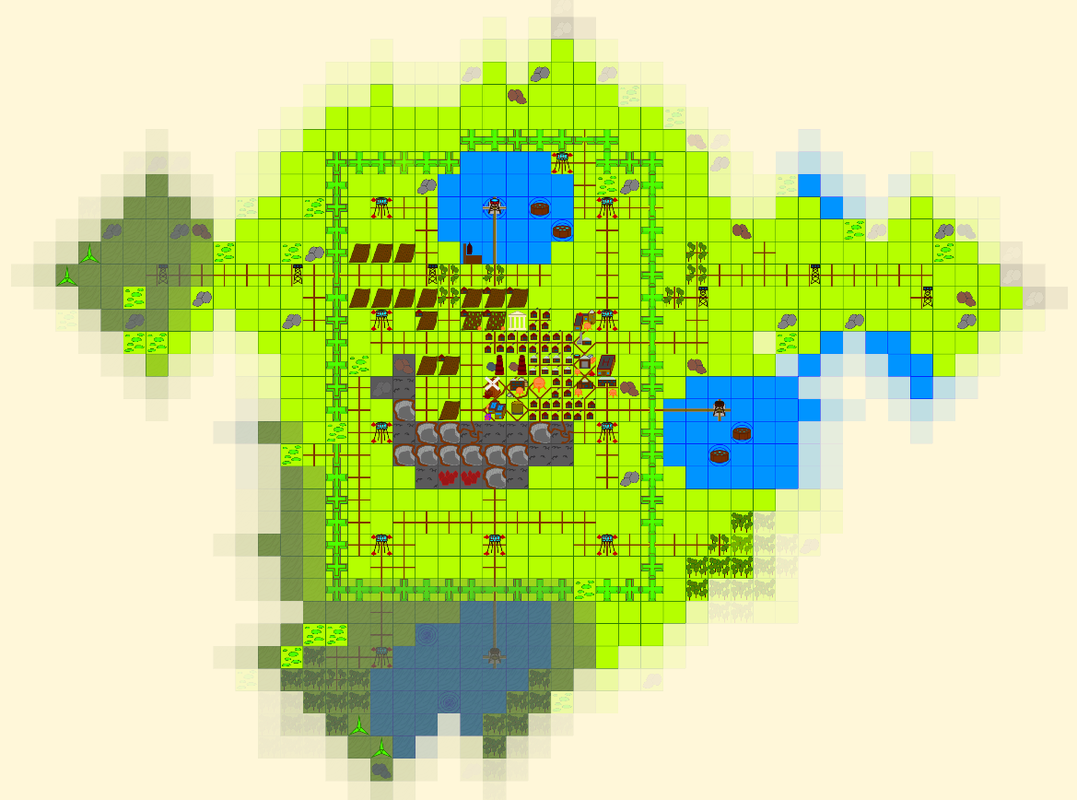

 RSS Feed
RSS Feed